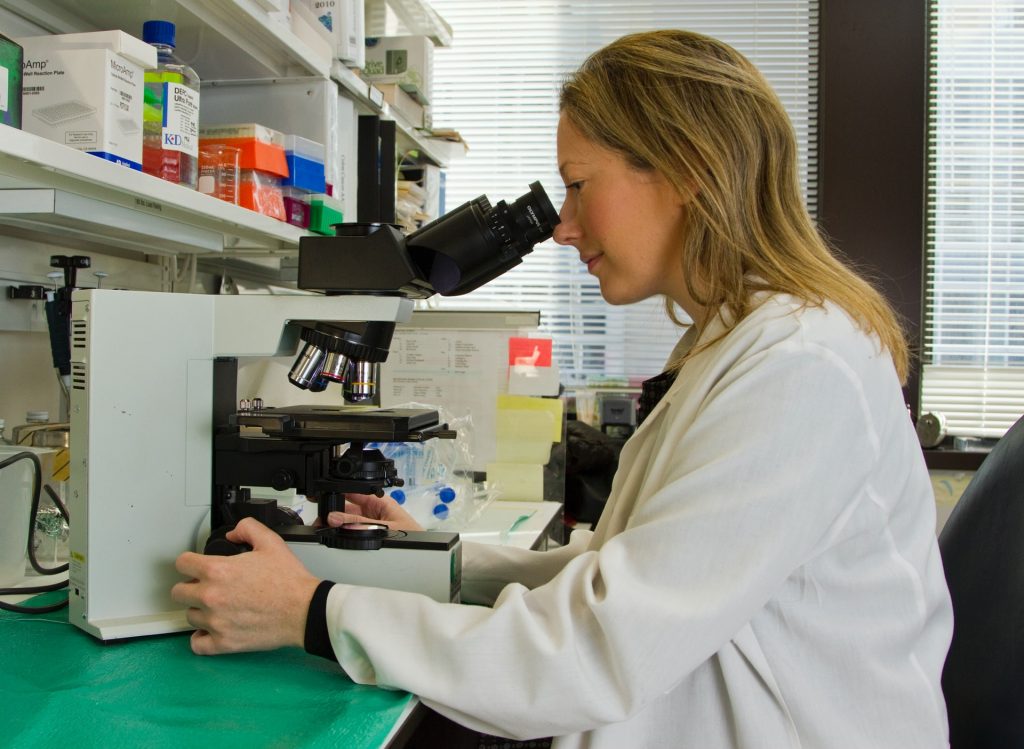
Scientists have shown that reduced bone marrow stem cell function with ageing is due to changes in their epigenome, and they were able to reverse these changes in isolated stem cells by adding acetate. This ‘fountain of youth’ for the epigenome could become important for the treatment of diseases such as osteoporosis.
One responsible mechanism for age-related osteoporosis and fracture risk involves the impaired function of the bone-marrow stem cells, which are required for the maintenance of bone integrity.
For a long time, researchers have looked at epigenetics as a cause of ageing. Epigenetics looks at changes that affect the activity of genes. One of these is changes in proteins called histones, which package and thus control access to DNA. In this study, the researchers investigated the epigenome of mesenchymal stem cells, which are found in bone marrow and can give rise to different types of cells such as cartilage, bone and fat cells.
“We wanted to know why these stem cells produce less material for the development and maintenance of bones as we age, causing more and more fat to accumulate in the bone marrow. To do this, we compared the epigenome of stem cells from young and old mice,” explained Andromachi Pouikli, first author of the study. “We could see that the epigenome changes significantly with age. Genes that are important for bone production are particularly affected.”
The researchers then sought to find out if it was possible to rejuvenate the epigenome of stem cells. To do this, they treated isolated stem cells from mouse bone marrow with a nutrient solution which contained sodium acetate. The cell converts the acetate into a building block that enzymes can attach to histones to increase access to genes, thereby boosting their activity. “This treatment impressively caused the epigenome to rejuvenate, improving stem cell activity and leading to higher production of bone cells,” Pouikli said.
To see if this change could also be responsible for increased fracture risk and osteoporosis with age, the researchers studied human mesenchymal stem cells from hip surgery patients. In elderly patients with osteoporosis, the same epigenetic changes seen with mice were also seen in these human cells.
“Sodium acetate is also available as a food additive, however, it is not advisable to use it in this form against osteoporosis, as our observed effect is very specific to certain cells,” cautioned study leader Peter Tessarz. “However, there are already first experiences with stem cell therapies for osteoporosis. Such a treatment with acetate could also work in such a case. However, we still need to investigate in more detail the effects on the whole organism in order to exclude possible risks and side effects.”
The results were published in the journal Nature Aging.
Source: Max Planck Society

